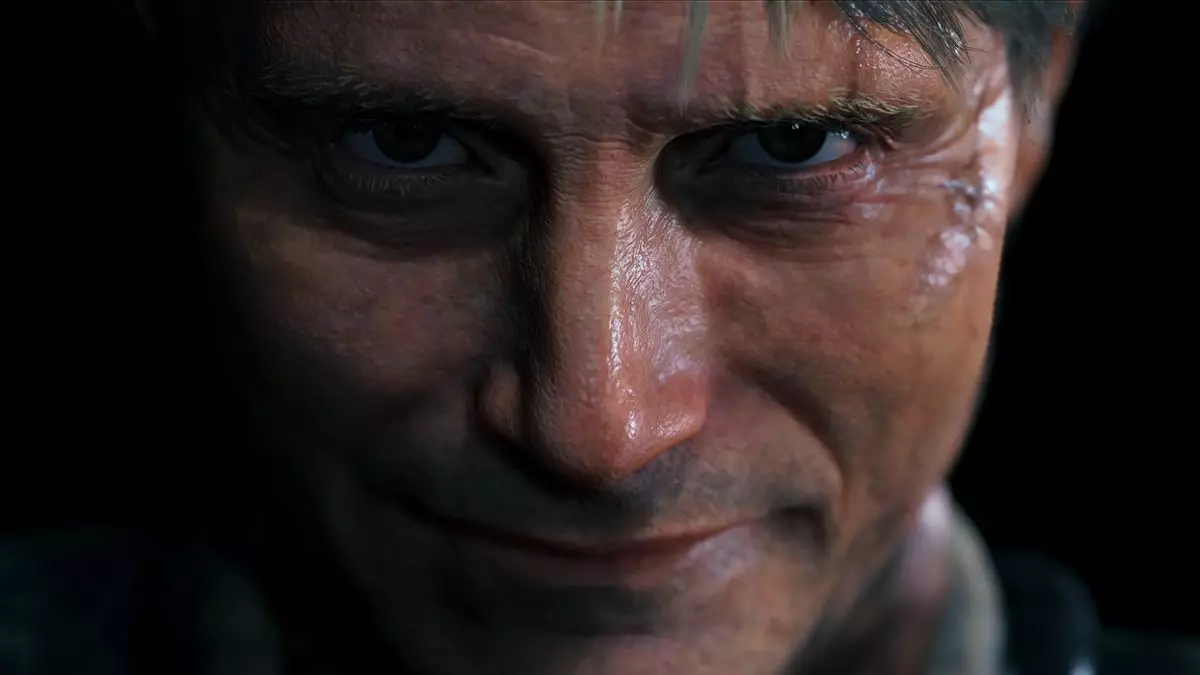Hideo Kojima stands as a titan in the realm of video game design, known for his ability to intertwine complex narratives with immersive gameplay. His storied career encompasses a rich portfolio of games that are frequently lauded for their cinematic qualities, making them feel less like traditional video games and more like interactive films. This characteristic stems from Kojima’s own experiences and the cultural environment he grew up in, particularly his deep-rooted connections to cinema.
In a notable 1999 conversation with fellow game designer Yasumi Matsuno, Kojima articulated a concept he refers to as “cinema DNA.” This phrase encapsulates how his upbringing with film has seeped into his creative fabric, influencing his game development process. He playfully remarks, “My generation really took a lot from the cinema,” revealing a shared sentiment among creators of his time who assimilated various influences from visual storytelling. Kojima noted that those who grew up in the “manga generation” similarly infuse their work with elements of manga. This generational dialogue highlights the ways in which artistic influences can travel through mediums, shaping the artistic identity of creators.
Kojima’s observation invites a deeper examination of how early exposure to various artistic expressions influences creators. Cinema has long been a powerful medium, providing storytelling techniques, visual aesthetics, and the emotional weight that resonates with audiences. Kojima’s games often mirror these qualities, blurring the lines between film and interactive narratives. The sense of “coolness,” striking visual framing, and atmospheric lighting that he describes as ingrained in his work speak to the pervasive influence of cinema on his developmental processes.
Yet, there is an underlying concern that Kojima shares regarding his successors in the industry. In a world dominated by video games as primary storytelling tools, he wonders if younger developers have had adequate exposure to the multitude of artistic forms that could enhance their creative endeavors. This provokes contemplation about how access to varied forms of media—from literature to theater—can enrich the storytelling techniques of future game creators.
Kojima’s thoughts underscore a dilemma in modern game development. The over-saturation of video games as a standalone medium may inadvertently restrict budding developers from drawing inspiration from outside their immediate sphere. With a focus so heavily centered on gameplay innovation and mechanics, the art of storytelling—as seen through varied media—might fall to the wayside. Kojima’s worries reflect an industry at a crossroads, where technological advancements coexist with an imperative to maintain rich narrative traditions.
A Unique Fusion of Gaming and Film
The influence of cinema is irrefutable in the tapestry of Kojima’s creations. He acknowledges that while he may not explicitly aim to emulate film, the essence of cinema is intrinsically woven into his works. This natural synthesis has led to games that resonate deeply with players, evoking emotional responses similar to those experienced during a movie. The intricate plot of “Death Stranding” serves as a prime example of how narratives can be expanded and enriched through interactive engagement, resulting in an experience that feels both visually and emotionally cinematic.
Moreover, Kojima’s future projects, such as the collaborative effort with comedian and filmmaker Jordan Peele, further illustrate his commitment to melding the realms of gaming and film. As he gears up for the release of “Death Stranding: The Movie,” the anticipation it generates reaffirms the growing recognition of video games as a valid storytelling medium akin to film. This collaboration hints at a pioneering trend that may drive more developers to think expansively about their storytelling methods and the forms they choose to adopt.
Kojima’s legacy is not merely that of a game developer; he is a harbinger of an evolving narrative landscape where video games are recognized not only for playful engagement but also for their capacity to tell profound stories. His musings from decades ago continue to reverberate within the industry, challenging both current and future creators to integrate diverse influences into their work. As the boundaries between video games and films blur, we can only imagine the incredible narratives that await us from the next generation of creators—if only they are able to absorb the vast tapestry of artistic influence that surrounds them. In this ever-evolving landscape, Hideo Kojima stands as both an inspiration and a cautionary tale about the importance of embracing a multitude of cultural narratives to enrich the interactive experiences of tomorrow.


Leave a Reply